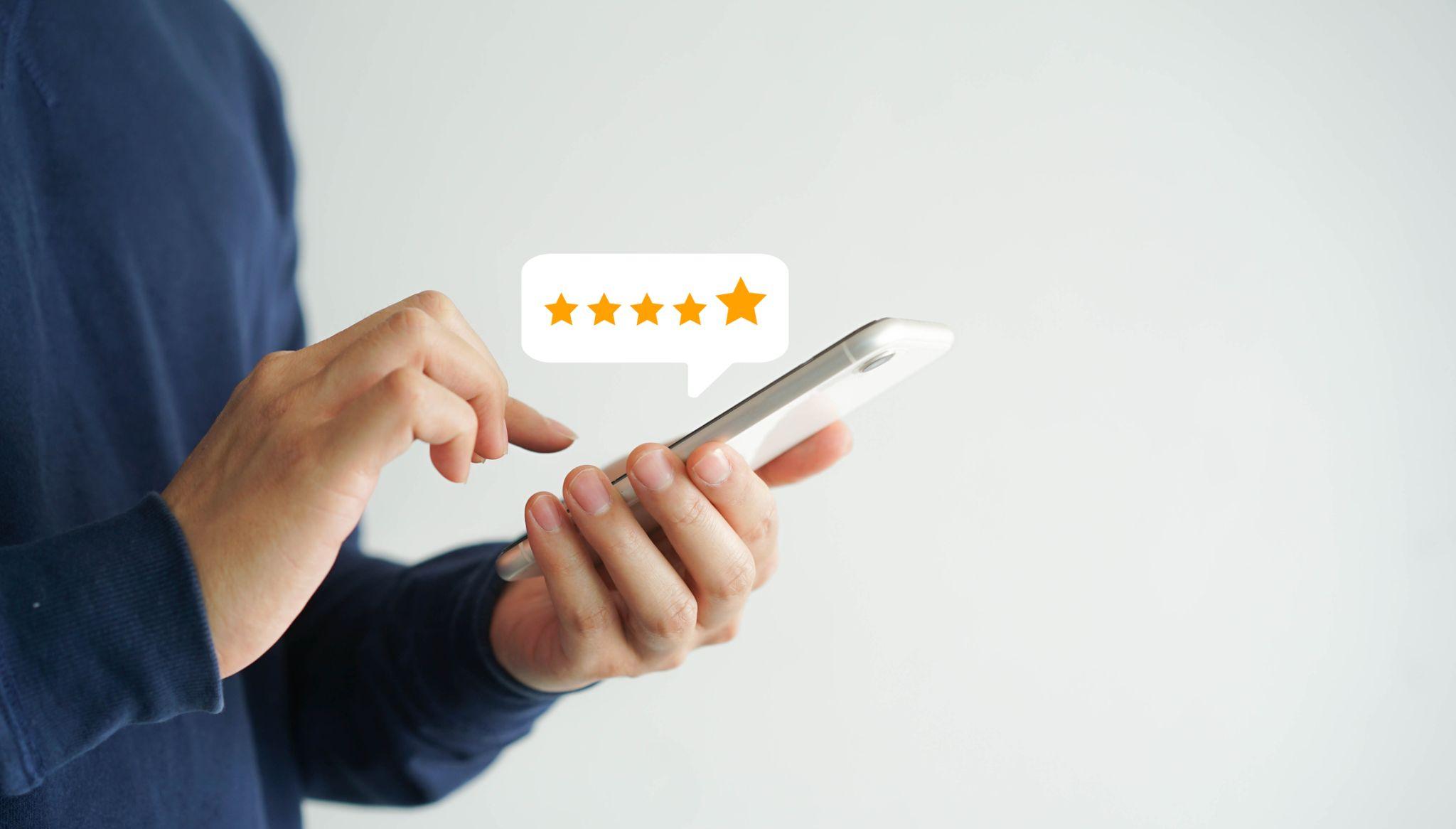You cannot deny the importance of public relations (PR) for any business. Bill Gates once said, “If I had one dollar left, I’d spend it on PR.”
Public relations is different from marketing, and customer-centric PR campaigns can help you achieve several goals, from creating a positive image for your brand to making the public aware of your company to associate your brand with socially beneficial activities. Here are some examples.
What is a Customer-Centric Public Relations Campaign?

Photo Credit: Chainarong Prasertthai | iStock Photo
“Customer-centric” means your PR campaigns are centered around customer needs or something valuable to them. It could be anything ranging from a product in demand to a social issue.
Customer-centricity is essential because it gives added value to the buyers and makes them feel significant.
When you implement customer-centric PR campaigns, there are certain things that you should keep in mind. First, you must know the interests and needs of your target market. Second, you must communicate with them in a way that’s relevant and engaging to them. Keep reading for a few great examples of customer-focused PR campaigns that bring great results.
Examples of Customer-Centric Public Relation Campaigns
1. The Selfie Talk by Dove
This PR campaign falls under The Dove Self-Esteem Project, which aims to empower young people to be their most confident selves. Dove launched this campaign to discourage retouching apps for personal use and major brand campaigns, as these types of distorted images can wreak havoc on young women’s body image and overall confidence.
For the campaign, Dove created the hashtag #NoDigitalDistortion and encouraged fans to use it on social media posts promoting body confidence. They also developed and made available a body confidence kit, which equipped parents and teachers with the tools to discuss this tricky topic with teens at home and in the classroom. Additionally, Dove encouraged fans to sign a pledge against retouching, shared ideas for creating positive relationships with social media, and more.
This PR campaign doesn’t directly push sales of Dove’s products. Instead, it addresses a significant concern of Dove’s customers—confidence and body image distortion in the age of social media. Dove’s bold stand against perfectly retouched images improved trust amongst its audience and won the brand fans and future customers worldwide.
2. Mental Health Awareness by Gymshark
Exercise is great for physical health but can also help manage mental health. Fitness clothing purveyor Gymshark decided to focus on the unseen benefits of exercise instead of aesthetics through its mental health awareness campaign.
A visit to Gymshark’s website quickly uncovers tons of resources about mental health, including blog posts about prioritizing mental health and ways to become your mental best. Gymshark also layered in cause marketing by partnering with the JED Foundation, a nonprofit that protects emotional health and prevents suicide for the nation’s teens and youth.
Again, like Dove, none of these resources push sales of Gymshark’s products; instead, they provide customers with valuable resources that improve their purchasers’ lives.
3. Unconscious Gender Biases Campaign by CPB London
CPB London is a creative agency based in the U.K. They used their influence to launch their “Imagine” campaign after a study found nearly 39% of young children still believed implicit gender biases, including that women should stay home while men go off to work.
To flip the narrative on its head and make people question their biases, CPB distributed buzzy posters throughout London asking readers to “imagine someone in a board meeting” or to “imagine a nurse.” The simplistic copy and visuals urged viewers to reconsider their immediate reactions and begin to rewrite the story surrounding gender. The campaign also included press elements and a children’s coloring book.
While the campaign’s ultimate goal wasn’t to advertise CPB’s services and creative abilities, it managed to do just that thanks to its warm reception and incredible reach. But at the same time, the campaign worked to make the world CPB London’s employees and customers were living in a slightly better place.
How Can I Create a Customer-Centric PR Campaign?

Photo Credit: Khanisorn Chaokla | iStock Photo
There are a few simple steps to follow when developing a strategy around a customer-centric campaign. First, ensure you’ve built a customer base that trusts your brand. Splashy, customer-centric PR campaigns won’t work if you don’t already have some level of audience in which to speak.
Second, be sure you’re meeting your customers where they already are interacting with one another. Great PR campaigns span multiple channels but ensure you’re targeting the right ones with your deliverables and discourse.
Third, ensure your campaign comes from a place of honesty and authenticity. Your cause must speak to your customers, but it should also align with other past charitable campaigns you’ve spearheaded. Make sure the topic is a natural fit for your brand.
Finally, don’t just talk the talk—walk the walk. If you’re promoting a cause, make sure you go out of your way to spread the word, and consider donating, too. If partnering with a non-profit organization, ensure their logo and brand materials are front and center in the campaign.
Your customer-centric campaign must not only support your customers to improve their lives but to be considered a success; it should also make a real positive impact on the world around them.



